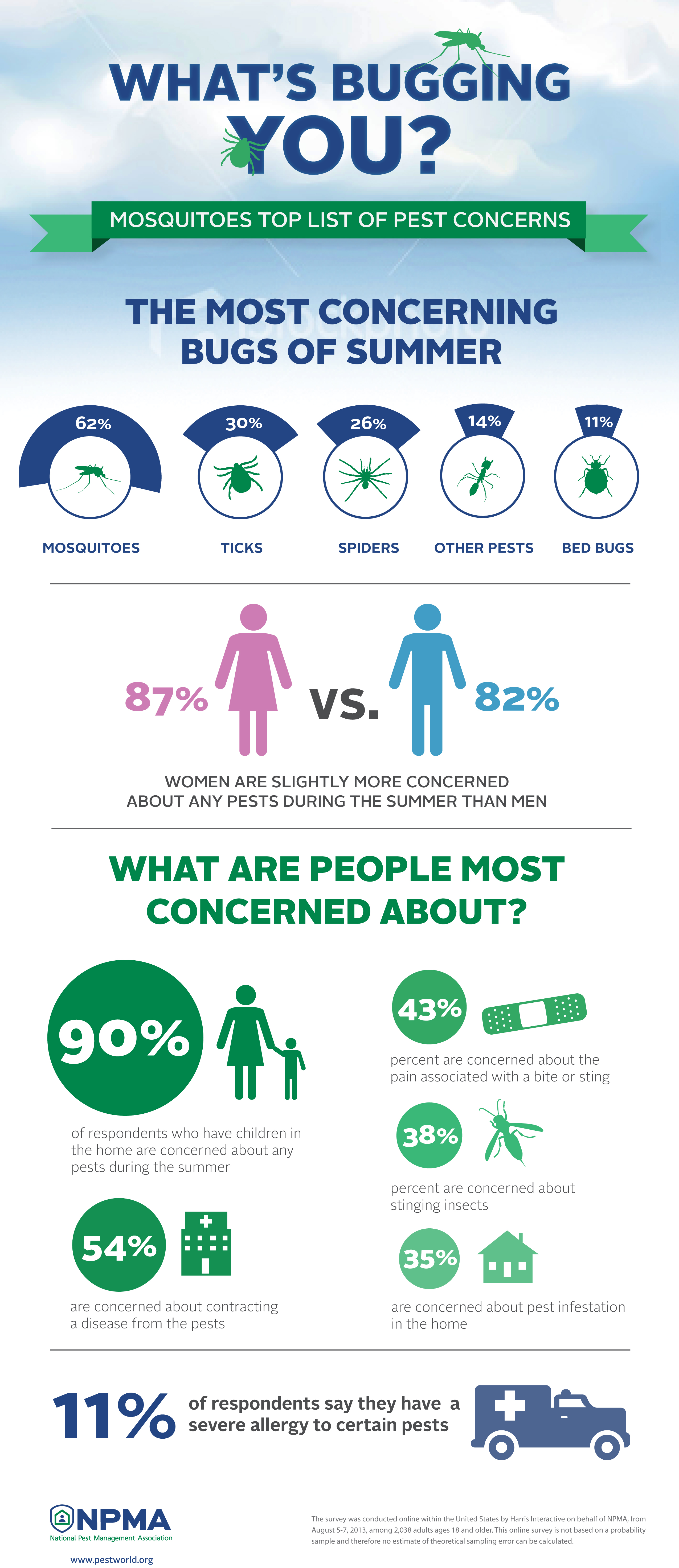Maximize Your Understanding Of Rodent Nesting Patterns To Exceed These Insects And Improve Your Rodent Management Techniques
Maximize Your Understanding Of Rodent Nesting Patterns To Exceed These Insects And Improve Your Rodent Management Techniques
Blog Article
Post Created By- please click the up coming post
When it comes to rodent control, comprehending usual rodent actions is key to efficiently managing infestations. Did you recognize that rats have some remarkable nesting behaviors that might amaze you? By discovering their complex habits, you can gain beneficial understandings into exactly how to deal with rodent issues in a much more tactical and reliable way. So, allow's decipher the enigmas behind these creatures' activities and discover how to outsmart them in your rodent control efforts.
Rat Nesting Behaviors
When observing rats in their natural habitat, you'll discover that they proactively choose products to build their nests. Rats, such as computer mice and rats, are clever animals that use a selection of things like twigs, leaves, paper, and fabric to construct their homes. They're meticulous in their nest-building procedure, frequently lining their nests with softer materials like fur or plumes to develop a relaxing setting.
Rats prefer to build their nests in hidden and safe places to secure themselves and their young from killers. Usual nesting spots consist of wall surface dental caries, attics, cellars, and even within insulation products. By constructing their nests in these private locations, rodents can securely elevate their children away from potential risks.
It is vital to comprehend the nesting habits of rats when implementing control steps. By interrupting their nests or eliminating products, you can dissuade rodents from developing a presence in your home or residential property. Proper hygiene and sealing entry factors are also essential action in preventing rodent problems.
Rat Feeding Patterns
After observing rodents' nesting behaviors, it comes to be apparent that their feeding patterns play a critical function in their lives and behaviors. Rats, including computer mice and rats, are opportunistic feeders, meaning they'll consume whatever food resource is readily available. They're primarily nighttime animals, preferring to forage for food throughout the cover of night to avoid killers.
Rodents have a diverse diet, ranging from grains, seeds, fruits, and vegetables to pests, nuts, and even small pets. This adaptability in their food selections allows them to prosper in numerous atmospheres, consisting of metropolitan locations where human food sources are plentiful.
Their feeding patterns aren't only driven by hunger yet additionally by the demand to accumulate food for times of scarcity. This actions is specifically recognizable in preparation for winter months or when nesting. Rats are understood to hoard food in their nests or burrows, ensuring a constant food supply. Comprehending their feeding patterns is essential in applying reliable rodent control actions to disrupt their food sources and stop problems.
Rodent Movement and Travel
Rodents browse their surroundings with dexterity and stealth, using their keen detects to move promptly via their atmospheres. These animals are proficient climbers, able to scale walls and upright surface areas effortlessly. They can additionally squeeze via remarkably small openings, making it vital to seal any type of potential access factors in your home.
When https://westseattleblog.com/2012/03/west-seattle-wildlife-sick-raccoon-caught-in-fauntleroy/ pertains to traveling, rats tend to comply with acquainted courses, creating trails along wall surfaces or skirting the edges of spaces. They're creatures of habit, frequently sticking to these developed paths as they forage for food or discover their environments.
Rats are recognized for their nocturnal behaviors, so you may hear them scooting about in the evening as they search for food and water. Their motions fast and erratic, allowing them to dart in and out of sight in the blink of an eye.
Comprehending exactly how rodents relocate and take a trip can help you determine prospective infestation areas in your house and take aggressive steps to avoid these bugs from getting a footing.
Conclusion
As you work to regulate rodents in your house, remember that recognizing their behavior is essential. By acknowledging their nesting routines, feeding patterns, and movement, you can efficiently stop invasions.
Together, by taking proactive steps to eliminate food resources and seal entry factors, you can disrupt their acquainted paths and compel them to look for brand-new areas, ultimately decreasing the chance of rodent existence in your space.
